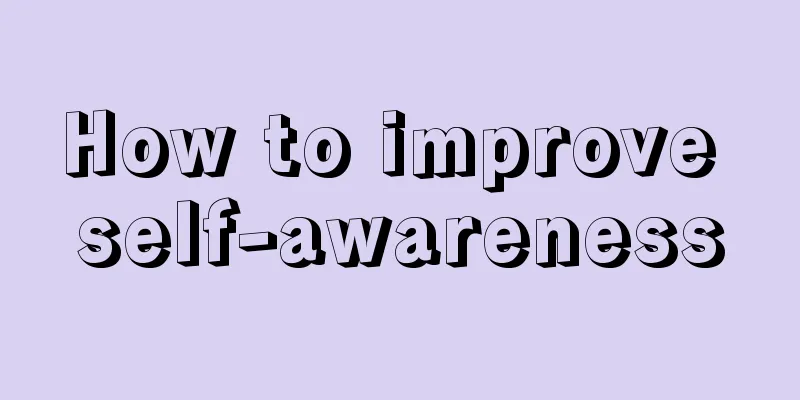What does eyeglass optometry mean?

|
It can be said that everyone will suffer from myopia, especially some teenagers. Almost nine out of ten wear glasses, so preventing myopia has obviously become the first thing children should do. Of course, with the continuous improvement of science and technology, myopia can also be treated, such as laser, but wearing glasses is still a common method. So before buying myopia glasses, do you know what eyeglass optometry means? Optometry is the examination of the convergence of light after it enters the eyeball. It uses the emmetropia state as the standard and measures the degree of difference in convergence between the examined eye and the emmetropia eye. Since many people will have to wear glasses almost throughout their lives, optometry is currently one of the most basic, most commonly used but important tasks for optometry workers. Therefore, as far as the term optometry is concerned, both ophthalmologists and ordinary people are very familiar with it in social life. Optometry method There are many methods of optometry. Based on whether the eyeball is allowed to adjust and remain still, it can be divided into dilated pupil optometry and small pupil optometry. According to the optometry method, it can be divided into heterosexual optometry and subjective optometry. As far as optometry equipment is concerned, in addition to conventional equipment such as optometry lens boxes and retinoscopes, there are also computer optometrists and comprehensive optometrists. Computer ophthalmometers were once over-promoted, but through a large amount of data analysis, it is found that although computer ophthalmometers are the result of high technology, they can only make preliminary screening of refractive status, and their results cannot be used as the standard for optometry. The comprehensive ophthalmometer integrates multiple inspection functions. Since its birth in the early 20th century, it has been continuously improved and developed. It can not only check the spherical refractive power, but also correctly detect the astigmatism degree and astigmatism axis. In addition, it can also make correct judgments on eye position, adjustment status and binocular single vision function. Proficiently mastering and using the comprehensive ophthalmometer is a key measure to improve the level of optometry. The level of optometry in China varies widely. If the score is given on a 5-point scale, 1 point is: subjective insertion method; 2 points: computer ophthalmometer + subjective insertion method; 3 points: computer ophthalmometer + retinoscopy + subjective insertion method; 4 points: 3 points + binocular accommodation balance; 5 points: 4 points + eye position examination + binocular single vision function + accommodation status + refractive status + convergence function, etc., to make a comprehensive judgment and give an optometry prescription. Among them, optometry with 1 to 3 points can be called routine optometry or primary optometry; and optometry with 4 to 5 points can be called medical optometry. Medical optometry must use a comprehensive ophthalmometer. So why do we need to use a comprehensive ophthalmometer? As we all know, when a myopic patient wears a -3.00D corrective lens, the corrected visual acuity can reach 1.0. At this time, the five corrective lenses of -3.25D, -3.50D, -3.75D and -4.00D can all make the corrected visual acuity reach 1.0. If you use conventional optometry, you can only choose one of these five corrective lenses as your optometry prescription, which is somewhat arbitrary. This is not the case in medical optometry. It depends on the test results of the patient's eye position, accommodation, binocular single vision and convergence function. Only one fixed lens can be selected, and even -2.75D can be selected as the final optometry prescription. From this point of view, medical optometry and conventional optometry have different meanings and contents, as shown in Table 1. From a medical point of view, the purpose of wearing corrective glasses is not only to enable patients to see objects clearly, but also to make them comfortable wearing the glasses, and to treat certain possible eye diseases, such as visual fatigue, latent esotropia or exotropia, and medical optometry is the basis of this. |
<<: What is the easiest way to remove contact lenses?
>>: How often should you change your contact lens case?
Recommend
How to make honey and olive oil mask
Compared with the vegetable oils we usually use, ...
What is the difference between neurosis and psychosis
For many people, there seems to be no difference ...
What should teenagers do if they are experiencing severe hair loss
In fact, teenagers are also very prone to hair lo...
How to make digestive bacteria yourself
Nitrifying bacteria are a type of chemotherapeuti...
What are the dangers of cutting out carbs to lose weight?
For those who love beauty, losing weight is what ...
Traditional Chinese Medicine cures laryngeal cancer patients
Aunt Zhang, 32 years old, was in good health usua...
What targeted drugs should be taken for nasopharyngeal carcinoma
Nasopharyngeal carcinoma is one of the common mal...
Symptoms of right brain atrophy
The human brain is one of the most important orga...
How many years can you live after mid-term surgery for gastric cancer
Survival depends on the severity of the patient&#...
Can chronic constipation cause colon cancer?
Can chronic constipation cause colon cancer? Cons...
Is it good for your health to drink purified water for a long time?
In our daily life, purified water is the most con...
What are the sequelae of ovarian tumor surgery
We may still not know much about ovarian tumors. ...
The secret to keep mosquitoes away from you
With the arrival of hot summer, those annoying mo...
Under what circumstances should surgery for hamartoma be performed
Speaking of hamartoma, I believe many people have...
What are your skin problems?
Human skin problems are something that everyone i...









